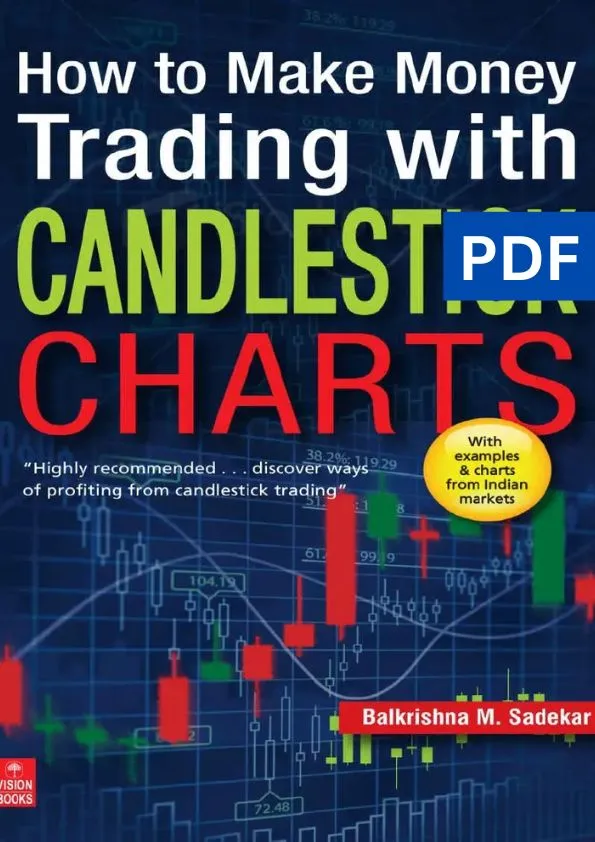
Forex Trading For Beginners PDF Free Download
Here, we are going to share the Forex Trading For Beginners PDF with you. Also we will share the basic details like PDF Size, No. of Pages…etc along with the PDF Summary. Forex trading, also known as foreign exchange trading, is the process of buying and selling currencies on the foreign exchange market. It is the largest and most liquid financial market in the world, with an average daily trading volume of around $6 trillion. Forex trading involves speculating on the value of one currency against another, aiming to profit from the fluctuations in exchange rates.
Full Description …
Forex Trading For Beginners PDF Free Download Overview

| PDF Title | Forex Trading For Beginners PDF |
| Language | English |
| File Size | 2 MB |
| Total Pages | 198 |
| Category | Share Market |
| Sources | Public Domain |
| Quality | Readable |
Share Now--
Report This: We do not own the copyrights to this PDF file. It is available for free download, likely uploaded by users or found on public domains, and is intended for educational purposes. If this infringes on copyrights, please Report us via comment section or reach us at Here, and it will be removed within 24 hours.
Explore More PDFs


Learn Candlestick Patterns in Hindi | PDF
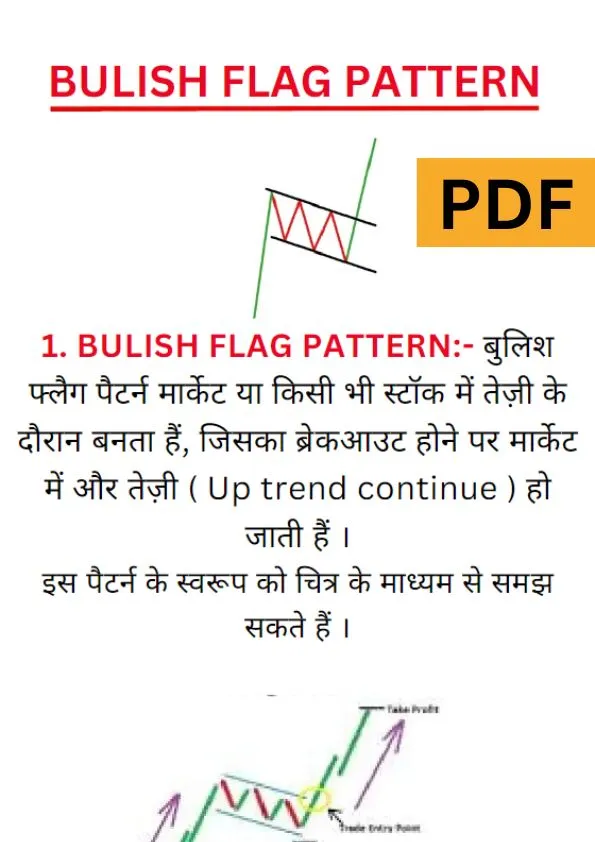
कैंडलेस्टिक चार्ट पैटर्न चित्र सहित | PDF
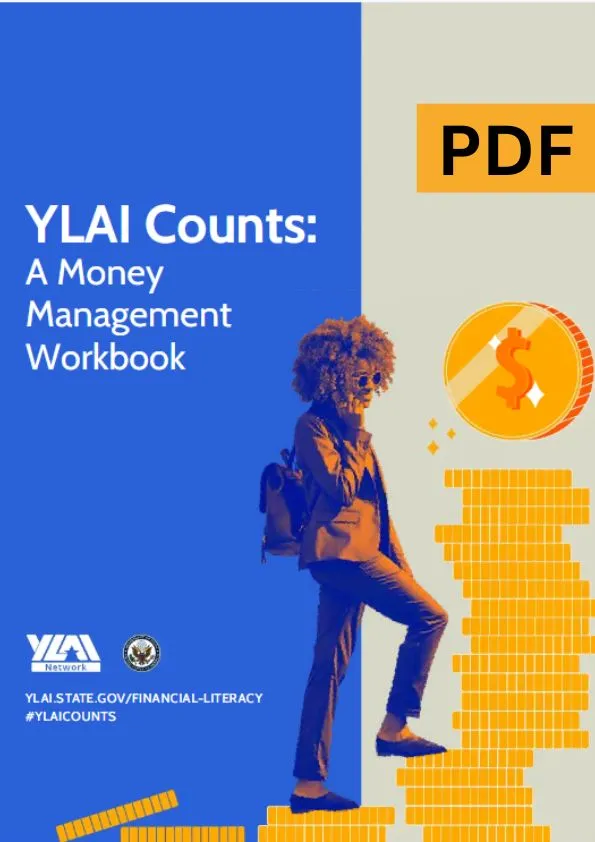
Money Management Workbook | PDF
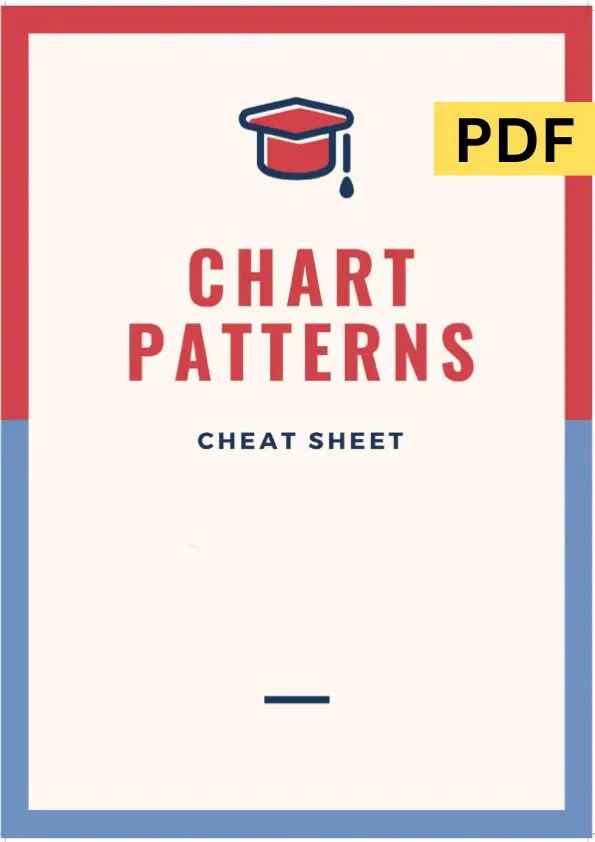
Best Chart Pattern Cheat Sheet | PDF

30 दिन में बनें शेयर मार्केट में सफल निवेशक | PDF
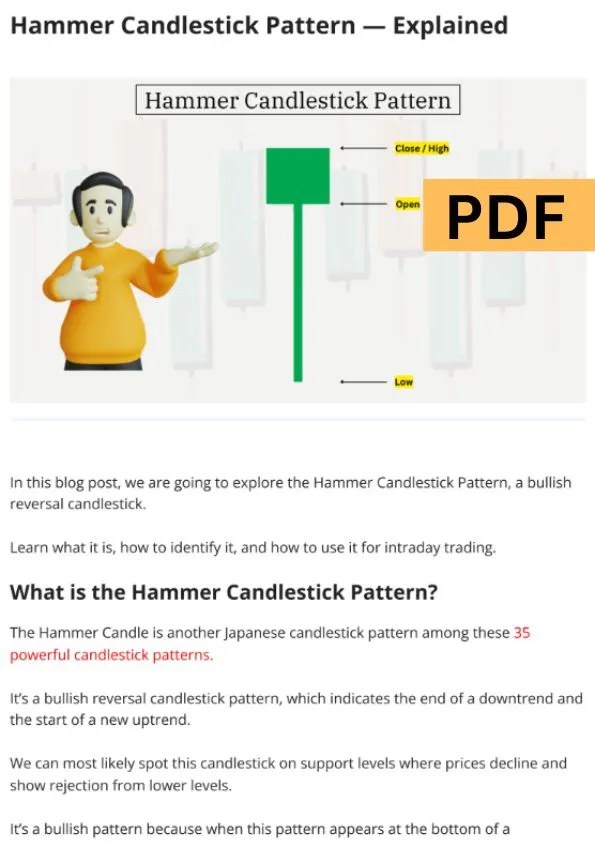
Hammer Candlestick Pattern | PDF

